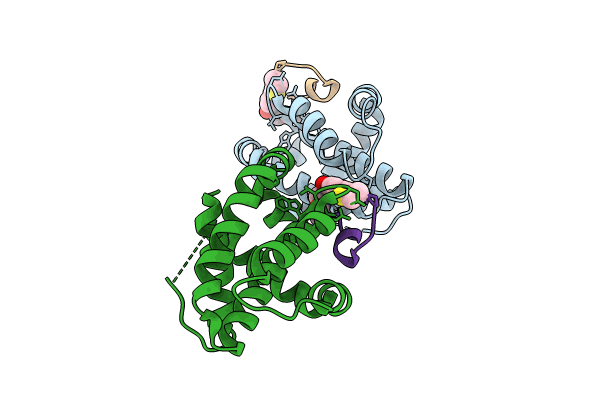
Deposition Date
2022-06-29
Release Date
2023-11-15
Last Version Date
2024-11-13
Method Details:
Experimental Method:
Resolution:
2.20 Å
R-Value Free:
0.19
R-Value Work:
0.17
R-Value Observed:
0.17
Space Group:
C 2 2 21


